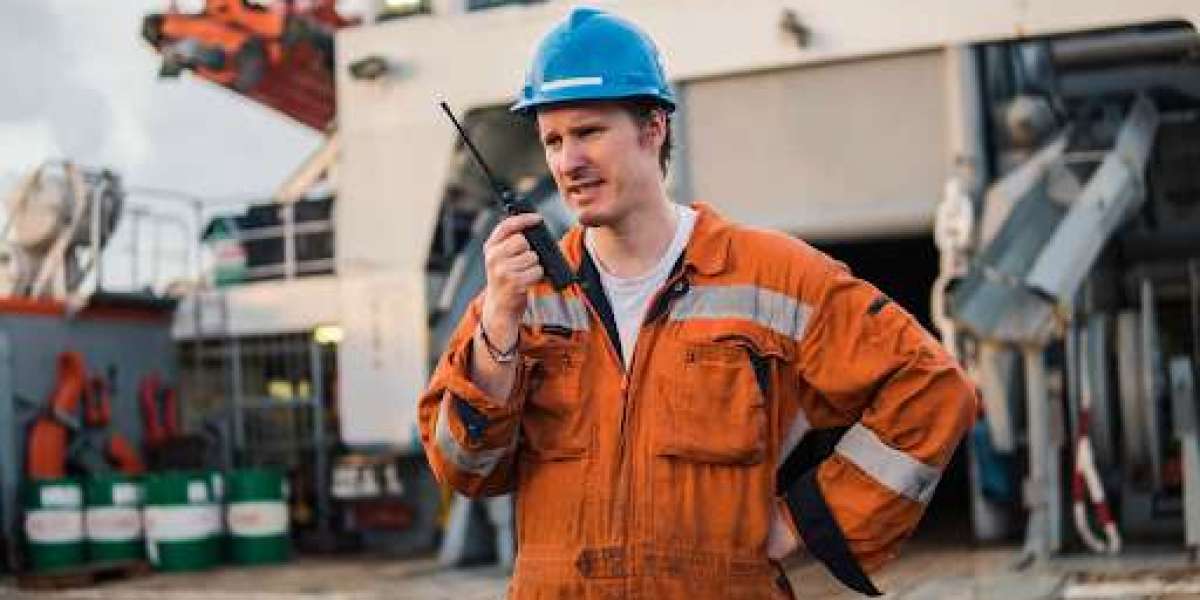In high-risk industries like construction, mining, electrical, and oil & gas, safety isn’t optional—it’s essential. Workers face hazards that could lead to serious injuries if not properly protected. One crucial element of personal protective equipment (PPE) is fire retardant workwear, designed to minimise burn injuries by resisting ignition and self-extinguishing once the heat source is removed. But not all garments are created equal. With evolving safety standards and innovations in fabric technology, choosing the right fire retardant clothing involves more than simply checking the label.
Whether you’re purchasing for yourself or sourcing uniforms for an entire crew, understanding the key features of high quality fire retardant workwear is vital. This guide breaks down what to look for, including insights on materials, certifications, comfort, and durability.
1. Compliance with Safety Standards
First and foremost, any garment you choose should comply with relevant safety standards. In Australia, this includes adherence to AS/NZS 4836:2011 and ISO 11612 for protection against heat and flame. These certifications aren’t just bureaucratic—they’re indicators that the clothing has been tested under controlled conditions for flame resistance, heat transfer, and ignition behaviour.
Allsorts Workwear carries clothing that is aligned with such safety requirements, ensuring you’re getting industry-grade protection, not just retail-level fabric.
2. Fabric Technology and Material Composition
The effectiveness of fire-retardant workwear largely depends on the fabric. There are two primary types of flame-resistant clothing:
- Inherently fire-resistant fabrics, where the flame resistance is built into the fiber itself and won’t wash out over time.
- Treated fabrics, which have undergone chemical processing to become fire-resistant but may lose effectiveness with repeated laundering.
While both types can be effective, understanding the differences helps you choose based on the frequency of use, budget, and job site demands. Look for materials like modacrylic, aramid, or blends designed for durability in hazardous settings.
Allsorts Workwear offers both treated and inherently resistant fabric options, giving you flexibility depending on your workplace needs.
3. Durability and Longevity
Workwear in high-risk environments must stand up to intense use. Look for features such as reinforced stitching, double-layer knees, and abrasion-resistant fabric. If your clothing wears out too quickly, it can compromise safety and increase costs in the long run.
Some top-tier options even offer triple-stitched seams and industrial-grade zippers. The inclusion of these features ensures the garment won’t fail under pressure—something especially important in emergencies.
4. Comfort and Breathability
Safety is paramount, but comfort is also crucial. Workers often wear fire retardant workwear for long shifts, sometimes in extreme climates. Lightweight fabrics with moisture-wicking properties can help prevent overheating, while strategically placed ventilation improves airflow.
Brands like King Gee workwear have developed designs that prioritise ergonomic movement and ventilation without compromising fire resistance. Their garments allow for full mobility, making them ideal for tasks requiring physical exertion in tough environments.
Comfort-focused features to look for:
- Gusseted crotches and articulated knees
- Mesh ventilation panels
- Adjustable cuffs and waistbands
- Lightweight yet protective fabrics
5. Multi-Hazard Protection
Modern workwear often needs to do more than just resist fire. In many industries, workers face multiple hazards simultaneously, such as electric arc flashes, chemical exposure, or static discharge. Advanced fire-retardant garments may come with anti-static, chemical-splash, or arc-rated properties built in.
Conclusion
When selecting fire retardant workwear, you're not just buying a uniform—you're investing in protection, comfort, and compliance. Understanding what separates standard garments from high-performance PPE is key to making informed decisions. Prioritise certified safety standards, multi-hazard protection, and durable design features to ensure both safety and functionality on the job.



